UPDATE: Several people in the comments have brought up several issues that I may have considered as minor or non issues. As such, I've amended the score to reflect that issues that have been brought up.
Huawei’s been on a warpath in these past few months. Not only have they managed to strengthen their presence in the mainstream smartphone market, but they’ve also been making some of the best devices to come out of a Chinese manufacturer for quite a while now.
Nothing provides more proof of this than the Huawei Nexus 6P, the latest Nexus flagship, the first Nexus device to be made by a Chinese manufacturer and also the device we’ll be looking at today. So, how does the first Chinese Nexus hold up against the onslaught of flagship devices currently in the market? Read on to find out.
I’d also like to thank Huawei Malaysia for supplying us with a review unit. The unit we have on hand is the 3GB RAM/ 64GB internal storage model in Aluminum.
Huawei Nexus 6P review: Specifications
- 5.7-inch AMOLED display, 2560 x 1440 pixels @ 518ppi
- Snapdragon 810 CPU @ 2.0ghZ, Adreno 430 GPU
- 3GB RAM, 64GB internal storage
- 12.3MP rear camera, 8MP front camera
- 3450mAh battery
- GPS, USB-C, Wi-Fi 802.11 ac/a/b/g/n, Bluetooth
- TDD-LTE: B38/B39/B40/B41 (2555MHz~2655MHz)
- FDD-LTE: B1/B3/B4/B7
- UMTS: 850/900/1700/1900/2100MHz (B8/B5/B4/B2/B1
- GSM: 850/900/1800/1900
- Android 6.0 Marshmallow
- 144.9 x 72.1 x 6.4mm, 144g
- Dual Tone LED flash, high-speed charging
- G-Sensor, Gyroscope sensor, Ambient Light sensor, Proximity sensor, Compass, Accelerometer
Huawei Nexus 6P Review: Design
One of the main selling points of Huawei’s devices are their great designs like the Huawei Mate 8’s extremely polished design or the Huawei P8’s elegant look. So how does the Nexus 6P stack up next to Huawei’s current line of devices?
Personally, I love the design of the Nexus 6P. One of the main reasons for my love of this design is because how unique and different it is compared to other devices on the market, giving it an identity of it’s own. Unlike Motorola’s Nexus 6, the Nexus 6P’s design is easily distinguishable from any other phone, and that’s great for the Nexus line.
The front of the device is dominated by a completely black sheet of glass, with front facing stereo speakers at the top and bottom, a notification LED to the right of the top speaker, and next to it the proximity sensor and ambient light sensors. You instantly notice that the Nexus 6P’s bezels aren’t very slim, especially the massive top and bottom bezels accommodating the speakers. This doesn’t really bother me that much, but it’s a real turn-off for many others.
The sides of the devices are dominated by a metal frame which goes around the device. A volume rocker and a textured ower button adorn the right side of the phone, while the left side houses the nano-sim card slot. Plastic strips can be found all the way around the phone, while the bottom of the phone holds the all important USB-C charging slot.
The rear is divided into three parts. The glass visor at the top which houses the 12.3MP camera, dual LED flash and multiple other sensors. The metal middle section holds the all important fingerprint sensor, a huge Nexus logo and a tiny Huawei logo, and the bottom is a tiny plastic strip for better connectivity.
Overall, the design of the Nexus 6P is, at least in my opinion, is unique and pleasant to look at. It’s not the marvel that is the Huawei Mate 8, nor is it extremely polished like the Huawei P8, but it manages to stand out of the crowd, and for that I commend it.
Huawei Nexus 6P Review: Build

Like Huawei’s previous devices, the Nexus 6P is built extremely well. The device’s metal frame is rigid and solid, with lovely chamfered edges that make it easy to hold in the hand for long periods of time.
The placement of the fingerprint sensor on the back is perfect for my hand. It’s exactly where my index finger rests on the back, and it works perfectly every time. The power button and volume rocker on the side are also very responsive and clicky, which is great after the slightly mushy buttons of the P8.
Once again Huawei completely delivers on build quality. The Nexus 6P manages to stand up to the world’s greatest in this regard, which is a testament to Huawei’s reputation. There is no doubt in my mind that this is the most well built Nexus device so far, and It’ll be interesting to see where the Nexus program goes from here.
Huawei Nexus 6P Review: Display
The display on the Nexus 6P is a 5.7-inch QHD 2560 x 1440 AMOLED unit, and the quality of the panel is obvious from the very first look. Colours are incredibly vibrant, blacks are as black as they can be, text is incredibly crisp, pictures are beautiful and videos are a joy to watch. The large 5.7-inch display is perfect for just about anything, and I’ve yet to find something that isn’t instantly enjoyable on this display.
The display is quite reflective which hurts outdoor visibility, but it doesn’t matter as much since the knocking up the brightness makes the display easily viewable in the sun. It’s very impressive stuff, though having the brightness up so high might knock your battery life down quicker.
If there’s one tiny nitpick I have with the display, it’s that the display might look slightly yellow tinted at times, but this is true for the majority of AMOLED totting devices out there and is almost completely unnoticeable most of the time.
Huawei Nexus 6P Review: Performance
The Nexus 6P is a beast in terms of performance. Yes I know, huge surprise. The device runs on the infamous Snapdragon 81o processor, and while I may have some personal stigma with this specific processor, when the decides to do it’s job, it does it incredibly well.
In day to day usage, the Nexus 6P is blisteringly fast. Everything from scrolling through home screens all the way to snapping pictures, the Nexus 6P blazes through everything without an inkling of slowing down. Even games are handled with the utmost of ease. All of this is great, at least until the 810 decides to rear it’s ugly head.
The first gripe I have with the Nexus 6P is that the phone tends to heat up quite a bit while doing mundane tasks like browsing. While I’m not a person who usually complains about heat, the Nexus 6P’s problem is that when the phones starts heating, it starts slowing down. This isn’t as noticeable when simply scrolling through homescreens, but it’s very noticeable when playing games, even simple ones like Four Letters or Shadow Fight 2. Despite that, it’s only a minor slowdown, and nothing that’ll affect the gameplay much.
Heating aside, the Nexus 6P is an absolute beast. There’s nothing it can’t handle, and I’ve tried my best to slow this thing down to no avail. It easily matches up with the best in this category.
Huawei Nexus 6P Review: Battery
Oh Huawei, you and your large batteries, always making my day a lot less hectic and nerve wracking.
On a full charge and moderate use, the battery easily lasts an entire day thanks to the large 3450mAh batttery and Google’s latest Doze feature. Doze helps save battery life by stopping all but the most important apps when your screen is turned off, and the results are obvious to see as the Nexus 6P barely loses any battery life when left overnight.
Complementing the brand new Doze feature is the Nexus 6P’s efficient quick charging technology. From my experience, the Nexus 6P can easily go from 2% to 47 percent in about 12-13 minutes, which is nothing to scoff at.
Overall, the Nexus 6P easily passes the 1 day benchmark, and then some. And even if you’re almost out of battery, charging the device for 10 minutes is more than enough to get an extra 4-5 hours of usage. The Nexus 6P’s battery life is stellar, and that’s good to know.
Huawei Nexus 6P Review: Audio
The Nexus 6P continues the trend of Huawei devices having good but not great audio. The dual front facing speakers are a welcome change of pace from the regular bottom facing speakers, and they sound good. There’s a little distortion at the highest level, but it’s tough to catch. It’s also quite loud, easily able to fill up a whole medium room. But the quality of the sound is slightly muddy compared to other high-end devices like the Note 5.
With headphones however, the Nexus 6P flourishes I tested the Nexus 6P with my regular suite of audio products, and the results are as follows:
Bundled Huawei earphones (P8) – These are the earphones I got with the Huawei P8, and they’re not very pleasant. Then again, nothing’s really pleasant with these, so let’s move to the next pair.
Mi Earphones 2.1 – Music is much, much more enjoyable with these on than the stock earphones. The bass is nice and punchy, the clarity is good and the music is just fun to listen to.
Superlux HD-381F – It’s a similar case to the Mi Earphones, except these sound flatter, and have less bass. The soundstaging is slightly better with these though.
Sharp SHP-8000 - The Nexus 6P sounds great with these. Bass is fantastic, clarity is better than most other devices and sweet goodness the bass is punchy.
The in-call speaker is good, calls were clear and loud. Even is a noisy environment like a shopping mall, calls can still be heard with relative ease. Overall, the Nexus 6P is pretty good for music listening and call quality is fantastic.
Huawei Nexus 6P Review: Camera
You’ve probably already seen plenty of people gushing about the Huawei Nexus 6P’s camera online, and I can clearly see why. The Nexus 6P has one of the absolute best cameras I’ve ever used on a smartphone, and the pictures you can take on this thing can almost be passed off as professional to the untrained eye.
The image quality on hand is absolutely impressive. The colors are bright but still realistic, the white balance is spot on, the clarity is amazing and the dynamic range is good. Even low light pictures come out brilliantly and the quality is consistent without the need for much fiddling around.
There’s one flaw with this camera however, and that’s that it lacks OIS. While taking pictures it’s not all that noticeable, but once you start recording videos you’ll notice that the video picks up even small shakes that you can’t even notice.
As a camera, the Nexus 6P does an incredible job and is the automatic benchmark for any Chinese manufacturer hoping to make it big in the world. As a camcorder however, the Nexus 6P has a ways to go.
Huawei Nexus 6P Review: Android 6.0 Marshmallow
Ah, stock Android. Smoother than butter and lighter than a feather, it truly is Android in it’s purest, untainted form. There are many new features in Android 6.0 that I like, but I’d like to highlight a few that I’ve found the most useful.
First we have the already mentioned Doze feature, which works wonders when it comes to saving battery life. It works very well, and there’s absolutely no reason to dislike this feature at all. In fact, I implore Huawei to integrate something like this into EmUI so that it becomes more tolerable in the future.
The next feature I’d like to talk about is Google Now On Tap, a new feature that highlights information that is currently on the screen and gives you other tidbits of information about said things. It’s still an obvious work in progress, but I’ve found it useful on several occasions and I can genuinely see this feature being put to practical use in the future.
The final feature I was to discuss is the App Drawer. Unlike previous versions of Android, the App Drawer in Marshmallow scrolls up and down instead of left and right. What made this useful for me however is the so called ‘recommended apps bar’ at the top of the list that shows four apps that the device thought you’d find useful. This small thing has made it much faster for me to find the apps that I need quickly, and it’s really useful.
If there's one minor nitpick I have with Marshmallow, it's that the camera application is not very robust. Compared to other camera applications like the MIUI camera app or the TouchWiz camera app, the Stock Marshmallow camera app feels very barebones. It still functions fine and snaps photos extremely quickly, so the casual user should be perfectly fine with this. Professionals might want to download a camera app replacement from the Play Store.
Outside of that, I’m not really sure what to say. It’s stock Android, and there’s not really much else to it. It’s somewhat boring after coming from MIUI, but in terms of usability and speed it’s truly second to none.
Huawei Nexus 6P Review: Conclusion
The Huawei Nexus 6P is, in my opinion, the best Nexus to have ever been launched. No other Nexus device has come close to this level of perfection, and Huawei should be happy that they’re also getting some pretty good sales and public awareness from this.
The Nexus 6P’s build quality is simply marvelous. Huawei continues it’s knack for making incredibly well made devices, and the Nexus 6P is proof of that. While the design of the device may keep some prospective buyers away, it’s also unique and has helped the Nexus line carve itself some much needed identification after Motorola’s Nexus 6.
Stock Android is simple, fast and solid, and remains the cleanest version of Android to exist. While some (like me) may find it boring, there’s no denying that there’s something about the simplicity of it all that keeps you coming back.
Overall, The Nexus 6P is fantastic device that not only serves as a resurgence for the Nexus program but also allows Huawei to get some much needed global recognition and some positive feedback from Western customers. Now let’s see what they do with this info when they launch the Huawei P9, eh?
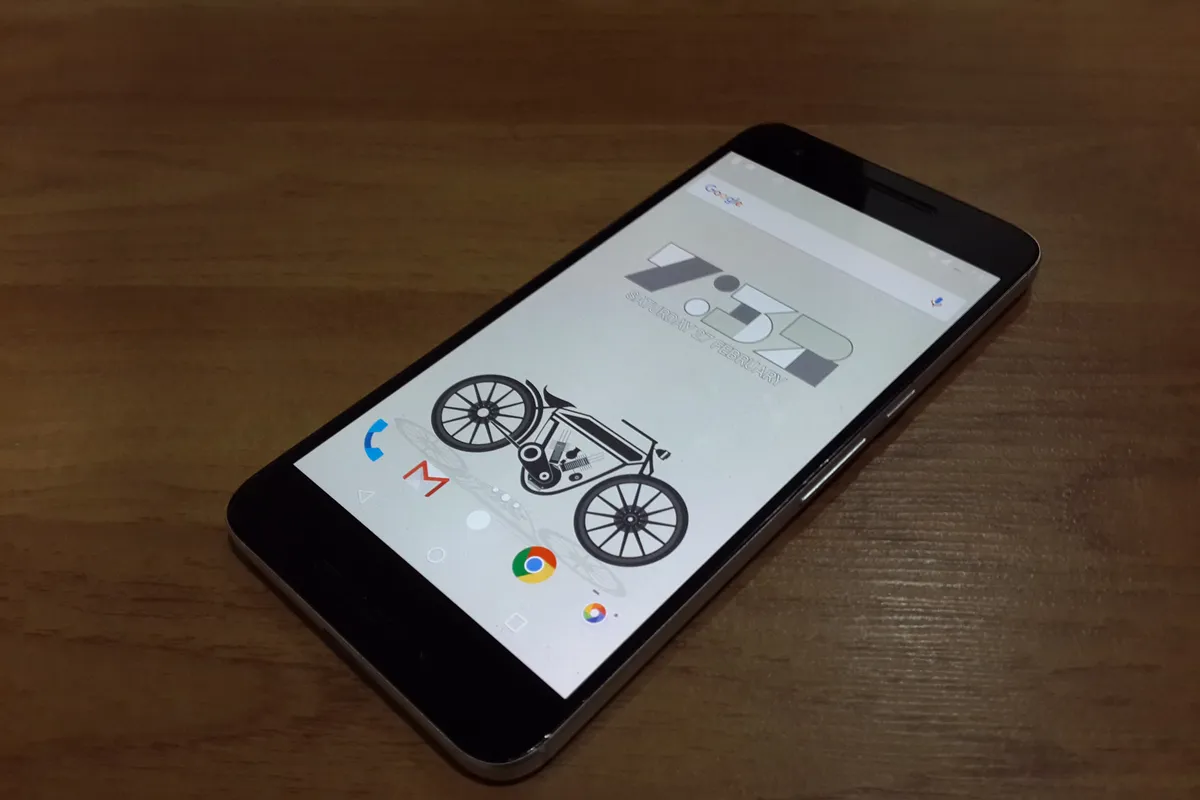

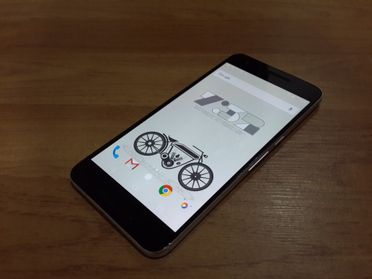
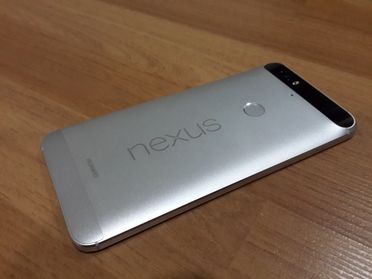
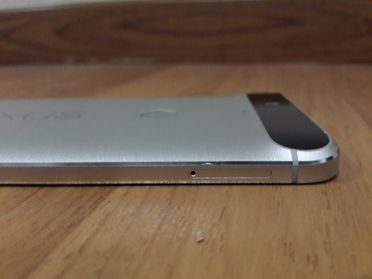
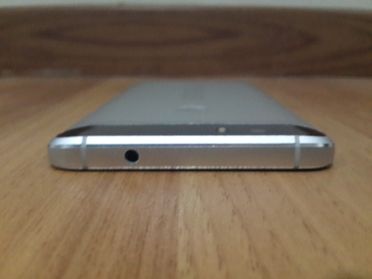
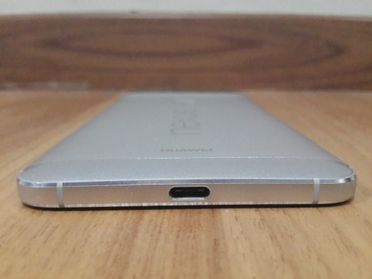
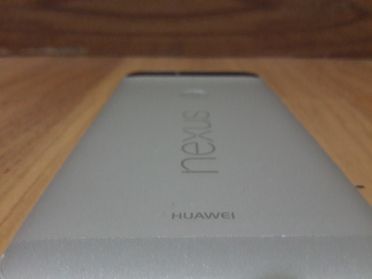

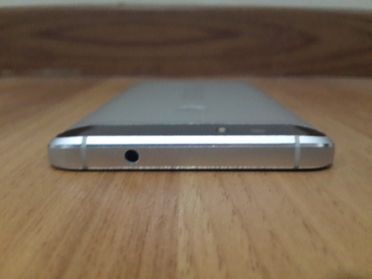
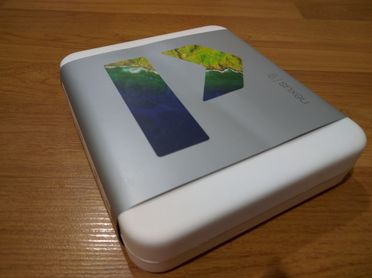









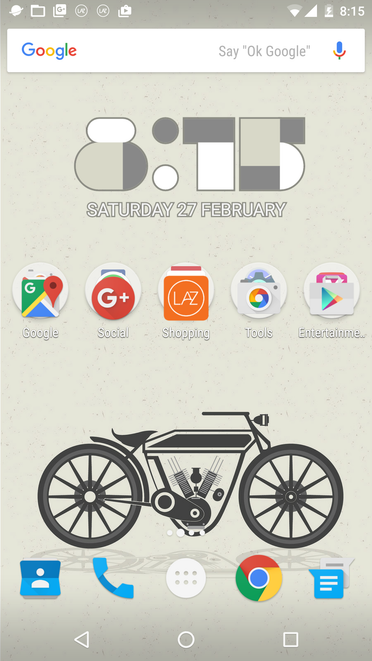
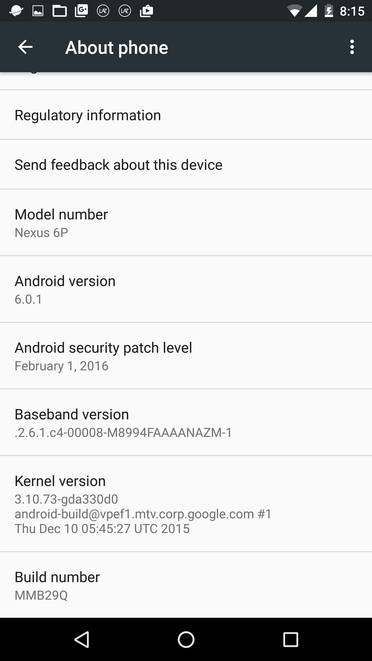
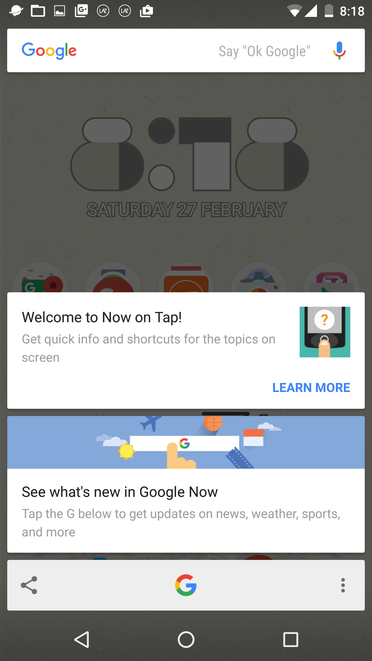

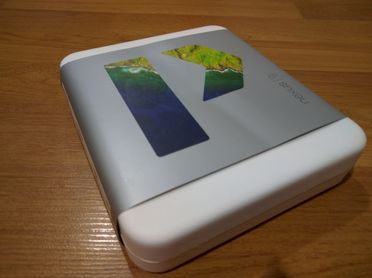




Place comments
0 Comments
You are currently seeing only the comments you are notified about, if you want to see all comments from this post, click the button below.
Show all comments